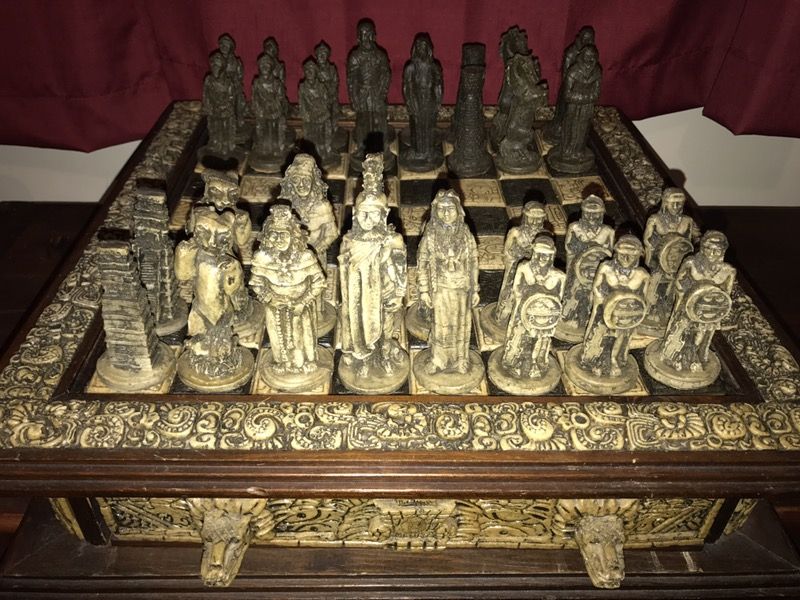
Over time, as the game spread geographically, modified versions of the rules became popular in different regions. The origins of the chess family of games can be traced to the game of chaturanga during the time of the Gupta Empire in India. The Classified Encyclopedia of Chess Variants catalogues around two thousand, with the preface noting that-with creating a chess variant being relatively trivial-many were considered insufficiently notable for inclusion.

There are thousands of known chess variants (see list of chess variants). Fairy chess variants tend to be created for problem composition rather than actual play. In the context of chess problems, chess variants are called heterodox chess or fairy chess. Some internet chess servers facilitate the play of some variants in addition to orthodox chess. Just as in traditional chess, chess variants can be played over-the-board, by correspondence, or by computer. Most variants have a similar public-domain status as their parent game, but some have been made into commercial proprietary games. Many chess variants are designed to be played with the equipment of regular chess.

Chess developed from chaturanga, from which other members of this family, such as shatranj, Tamerlane chess, "International" or "Western" chess itself is one of a family of games which have related origins and could be considered variants of each other. Such variants can differ from chess in many different ways.

A three-player chess variant which uses a hexagonal boardĪ chess variant is a game related to, derived from, or inspired by chess.


 0 kommentar(er)
0 kommentar(er)
